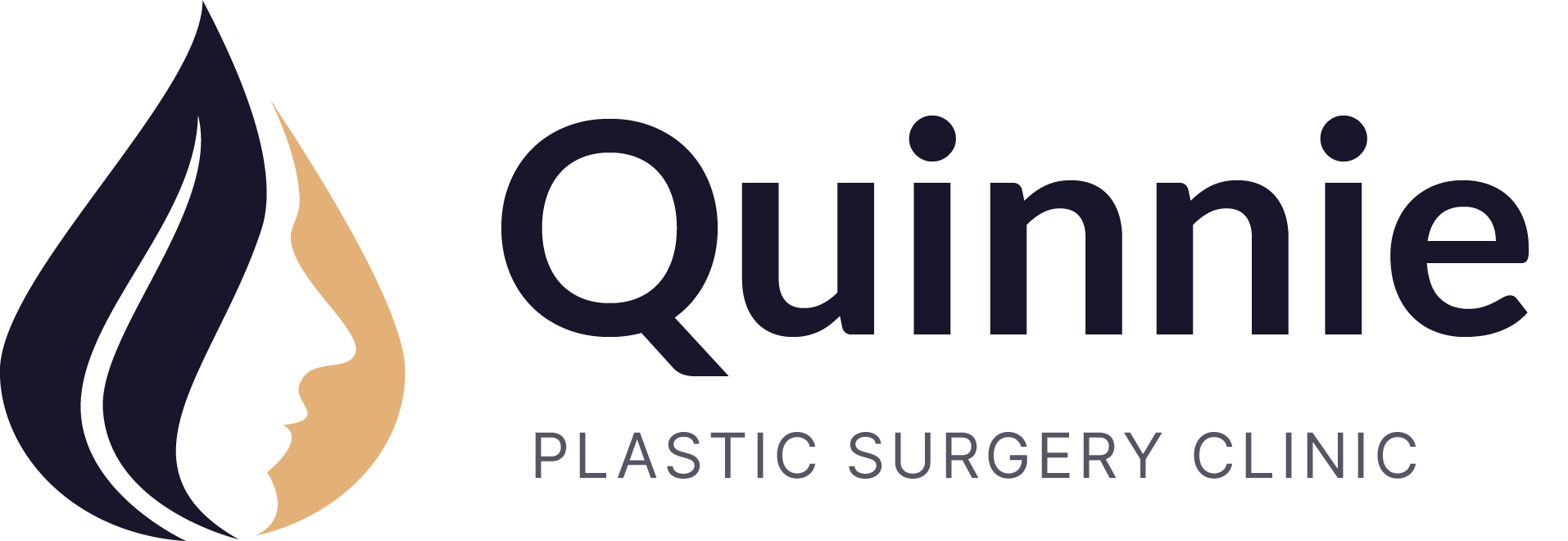We all want our faces to look youthful and vibrant forever, but as we age, the skin sags and wrinkles and bags appear under the eyes. As a result, many people feel insecure about the way they look and this has a negative impact on their self-esteem.
Eyelids surgery or blepharoplasty, can help combat the inevitable consequences of ageing. This surgical procedure can effectively correct both lower and upper eyelids, remove under-eye wrinkles and smooth baggy eyelids.
Blepharoplasty is usually performed under local anesthesia with sedation, which means that you will be awake but relaxed, and your eyelids will be numb. In some cases, general anesthesia may be used.
The surgeon makes incisions along the natural creases of the eyelids, so that the scars are hidden as much as possible.
Excess skin, muscle, and fat are removed from the eyelids to create a more youthful and alert appearance. The fat that is removed from the lower eyelids may be repositioned or redistributed to fill in hollow areas.
The surgeon closes the incisions with sutures, which will be removed after a few days.
It is very important to inform your doctor of any medications, vitamins, allergies or medical conditions before your blepharoplasty procedure.
To avoid abnormal bleeding during the surgery, it is recommended that blood-thinning medications like Aspirin or Ibuprofen be stopped at least two weeks prior to the surgery.
If you have high blood pressure, it is important that your blood pressure is under control and at a normal level before you go into surgery.
In order to promote healing and recovery after blepharoplasty surgery, it's advisable to follow your doctor's instructions to cover the eyelid with a dressing for three days and clean the sutured area twice a day.
Be sure to take the oral antibiotics prescribed by your doctor, along with tablets for reducing swelling and relieving pain.
To prevent excessive bleeding, apply cold compresses during the first three days after surgery. After the first 3 days switch to warm compresses, which can help to reduce swelling in the affected area. Waiting for three days is very important, as applying the warm compress too soon may aggravate bleeding and swelling.
Your sutures will be removed either 5 or 7 days following the surgery.
Until the sutures are removed, make sure to keep the suture area dry and avoid exposing it to sweat and water.
It is important to avoid engaging in any strenuous physical activity during the initial week and instead opt for bed rest in a cool and dry environment.
To decrease the blood flow to the wound, it's suggested to elevate your head above your body during the initial days of recovery.
Although blepharoplasty is considered a very safe procedure, like any surgery, there are potential risks involved.
Bruising, swelling, bleeding, scarring, and infection are the most prevalent hazards associated with this type of surgical procedure.
The risks mentioned above can be minimized to a great extent by following your doctor's instructions and taking good care of yourself during the recovery phase.
